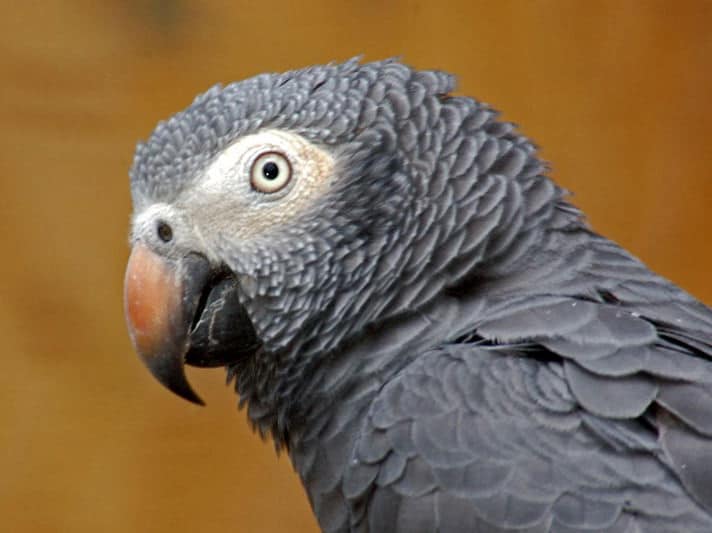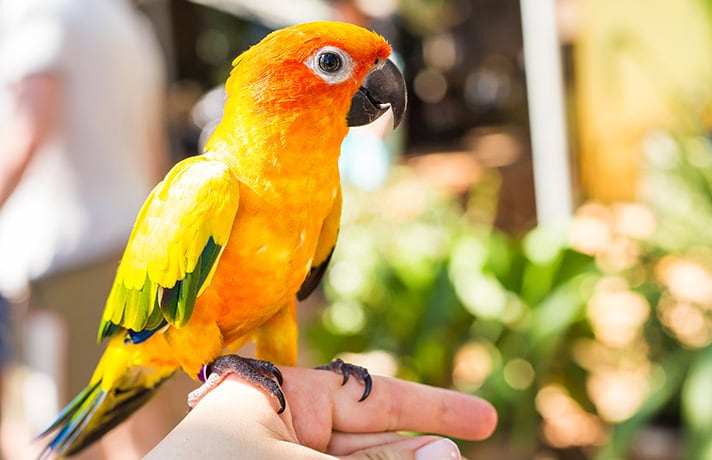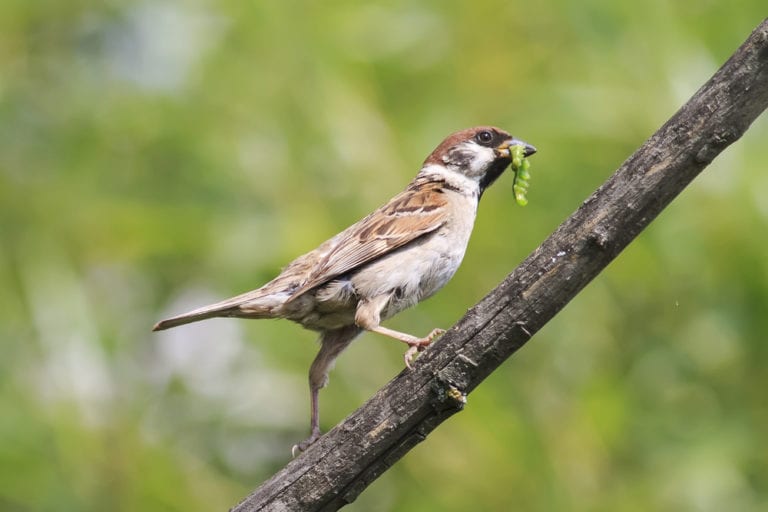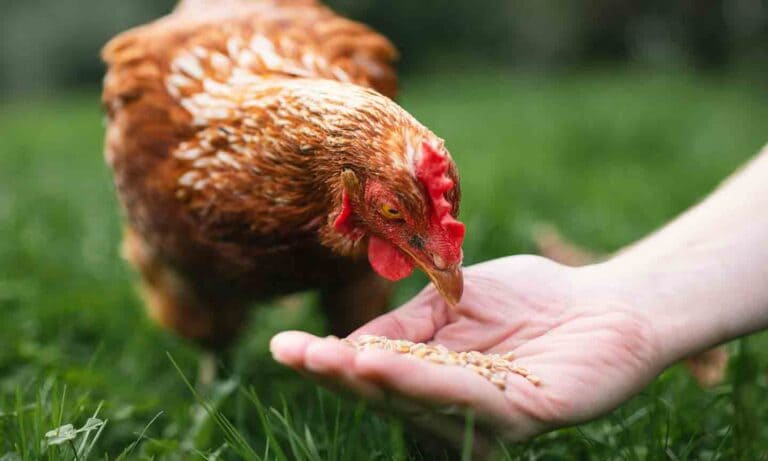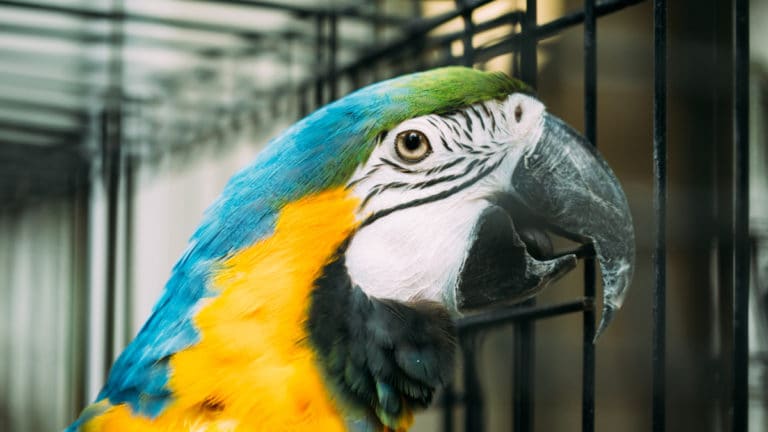Birds are delicate creatures with eyes to match. If your pet bird is squinting, blinking frequently or rubbing their face with their wing, look closer: Are their eyelids red and swollen? Is the outer surface of the eyeball (the cornea) discolored? Those are clear signs of bird eye problems.
Like with humans, birds’ eyes can be irritated by a cornucopia of causes. The technical term vets use for eye irritation is “conjunctivitis,” and any bird can be affected: parakeets, cockatoos, finches, house finches, parrots and songbirds. An eye is an eye—it doesn’t matter what size or kind of bird it is.
Below, we list the most common bird eye problems that cause conjunctivitis. But remember, visiting your vet is the only way to know for sure what the cause is and how to fix it.
Signs of Eye Irritation (aka Conjunctivitis)
- Swollen, red eyes
- Eye or nostril discharge
- Facial swelling
- Light sensitivity
- Cloudy or glassy eyes
- Swollen eyelids
- Blinking
- Inability to find their perch
- Rubbing or scratching at their eyes
- Closed eyes
- Squinting
- Crusty eyes
- Listlessness
Don’t forget—while many people think conjunctivitis is a disorder, it’s actually just a catch-all term for a series of symptoms.
“In animal land, whether it’s bird, cat, dog, whatever, ‘conjunctivitis’ is just a fancy name for inflammation of the eyelids,” explains Dr. Laurie Hess, DVM, an avian veterinarian at Veterinary Center for Birds & Exotics in Bedford Hills, New York. “It’s not a single disease. It’s a sign of disease.”
Common Bird Eye Disorders
Hundreds of eye diseases and disorders can cause avian conjunctivitis, which again, is a symptom of a more significant issue. These are some of the more common ones.
1. Presence of a foreign object
Seed husks, millet seeds or feathers lodged in the eye can all be culprits. Your bird will rub and scratch at their eyes, exacerbating the problem and potentially causing an infection. Birds are also sensitive to anything that’s aerosolized. “Perfumes, cleaning agents and anything sprayed in the air irritates not only their eyes but also their respiratory systems,” Dr. Hess says.
2. Corneal trauma
Corneal trauma is an injury. Foreign bodies, flying into something, laceration or puncture from claws, and falling can cause corneal trauma. If untreated, it can lead to blindness.
3. Infection
Many systemic infections can manifest as eye infections—birds can get viral, bacterial and fungal infections just like we do.
- Psittacosis: A particularly troublesome bacterial infection is parrot fever—psittacosis—because it can spread to humans from infected birds via inhalation of infected dried feces. It’s commonly carried by stressed-out smaller birds like parakeets and cockatiels. Symptoms of psittacosis in birds include eye or nose discharge, poor appetite, ruffled appearance, green or yellow-green droppings, and loose droppings, though they can shed (expel) the disease without any symptoms. In humans, look out for fever, muscle pains and a cough.
- Sinus infection: Swollen eyes or eye and nostril discharge can often indicate bacterial, viral or fungal sinusitis, especially if your feathered friend sneezes a lot.
- Salmonellosis: Salmonella can infect all bird species, particularly wild birds. Typical symptoms—such as yellowish-green droppings, dermatitis and a generally unkempt appearance—will be present well before the eyes develop conjunctivitis.
4. Mites
Maybe your bird has bird mites, such as scaly mites, which are parasites that cause skin lesions. Your infected bird rubs their beak, itchy and irritated by the microscopic parasites, and their eyes get caught in the melee. Conjunctivitis and inflamed eyelids follow.
5. Cataracts
Aging, genetics, infection, trauma, diabetes and vitamin E deficiency can all cause an increase in lens opacity. Cataracts show up as cloudy or white pupils, making it difficult for your bird to see. Canaries often have cataracts; parrots are less likely to have them.
Treatment of Bird Eye Problems
If your pet bird is showing signs of an eye problem, visit your veterinarian as soon as possible—they’ll be able to tell you what part of the eye is affected and prescribe the appropriate treatment. A visit to the vet is even more critical if other symptoms such as appetite loss, lethargy, sneezing, coughing, or trouble breathing are present.
“It’s important to have a vet assess the whole bird. You might need oral antibiotics,” Dr. Hess says.
Depending on the root cause, treatment may include:
- Topical antibiotic eye drops
- Oral or topical anti-inflammatory medication
- Oral antiparasitic medication or antibiotics
In theory, cataract surgery can be done on birds if needed, but Dr. Hess says it’s important to weigh the possible risks and benefits. She strongly recommends going to a specialized veterinarian who is trained and certified for such a delicate procedure. Many pet birds can live with cataracts without major problems, especially if it doesn’t affect daily activities, like eating.
In addition to any treatment, you’ll want to keep sick birds isolated from cage mates so the infection doesn’t spread.
If your bird is mildly squinting in one eye and you think they have something in their eye, you can flush your bird’s eye with unmedicated, plain saline. Assuming your bird lets you, gently open their eye and drop in sterile, preservative-free saline from the pharmacy. If the problem persists for more than a day after the saline flush, spreads to both eyes, or any other symptoms are present, see a vet.
If caught early, your bird can likely make a full recovery after a full-round of appropriate veterinary treatment. Although, it’s not always easy to tell if your pet bird is sick. After all, they are masters at hiding illness. Learn about the general signs that may indicate your pet bird is not feeling their best.
Get more bird health advice:
Share:

